Product Management
Blog Management
Inquiry Management
Analytics Center
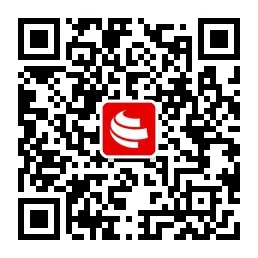
Follow Our Official Service Account
Manage Products & Inquiries Anywhere
Seller Services
Join GoldSupplier.com
Free & Instant Registration
Showcase Company & Products
Access Global Buying Requests
Activate Verified Supplier Membership
Priority Verified Visibility
Claim Exclusive Buying Requests
Automated Multi-language Store
Launch Your EasyOcean Website
Full-Service Website Management
Google Page 1 Guarantee
Enhanced Brand Credibility
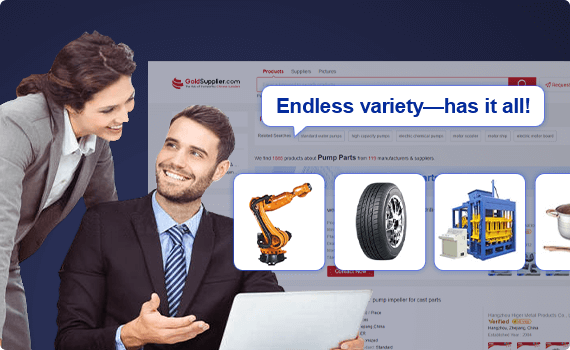

The Lifesaving channel aggregates Wholesale Suppliers and Manufacturers across key categories like Life Jackets, Life Rafts, Emergency Whistles, Lifebuoys, and Rescue Lights, providing a one-stop solution for global buyers from OEM customization to bulk procurement.
Industry advancements include automated buoyancy testing and GPS-enabled devices, compliant with ISO and SOLAS standards, while sustainable sourcing supports bulk orders and eco-friendly OEM production.
Goldsupplier.com ensures quality with strict verification for reliable Suppliers. Find certified lifesaving equipment manufacturers and request quotes for trusted safety solutions today.
294
107,978
2,461

Life Jacket

Other Lifesavings

Emergency Whistle

Lifebuoy

Life Raft

Rescue Light

Rescue Line

Rescue Throw Bag

Featured verified suppliers in Lifesaving
Top-selling and featured products in Lifesaving
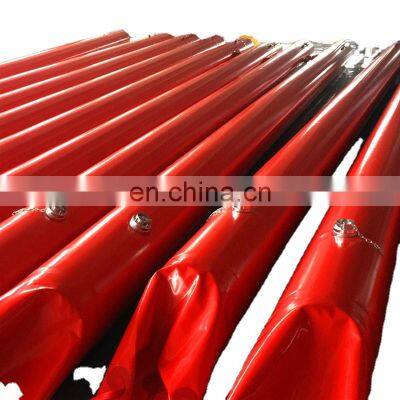
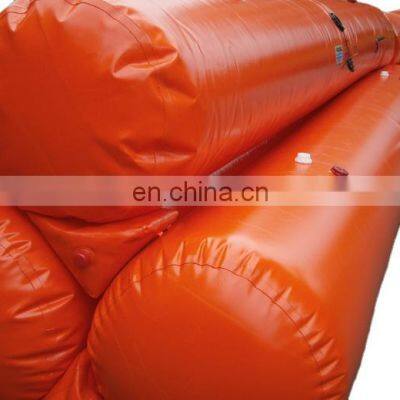
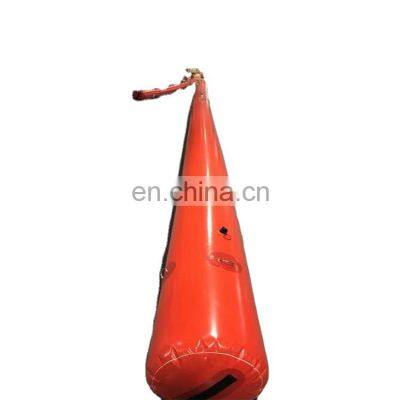
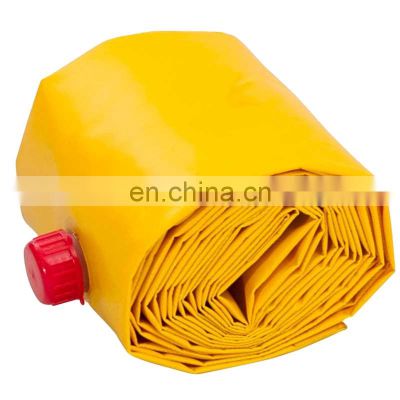
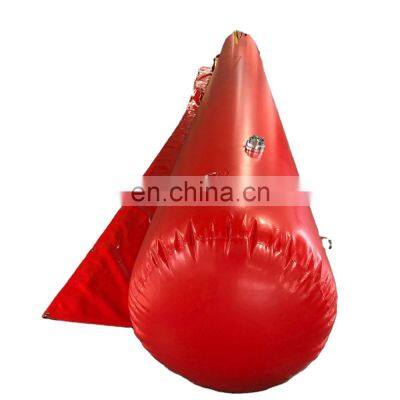

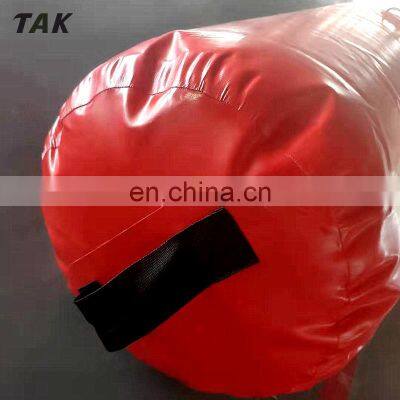
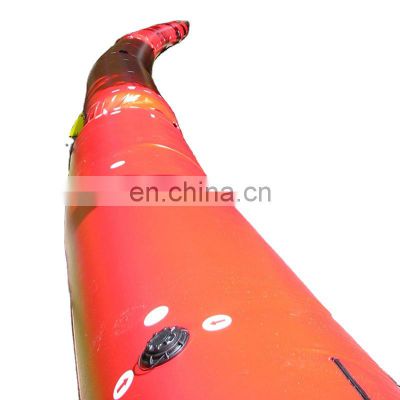

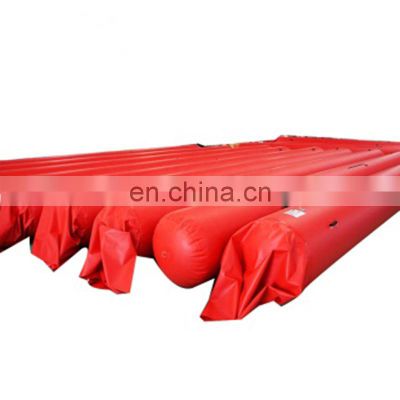
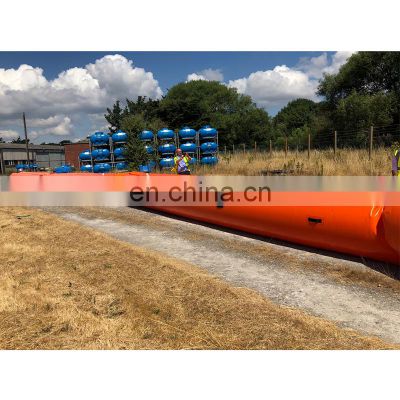
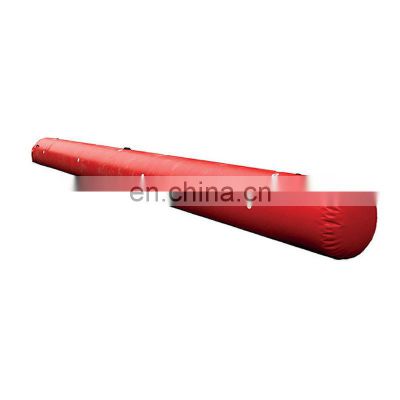

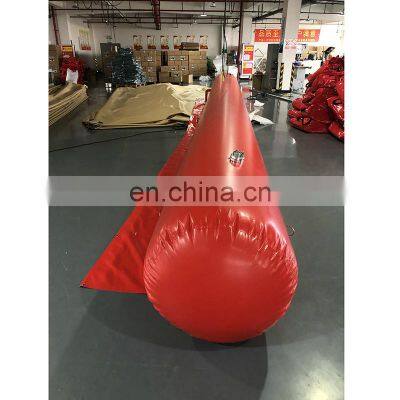
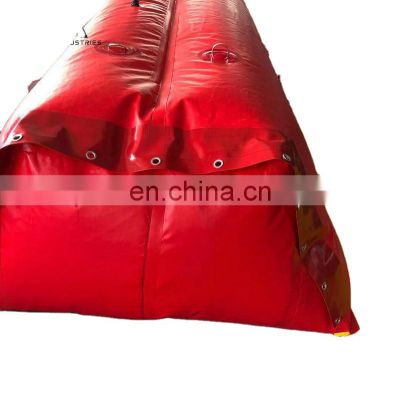

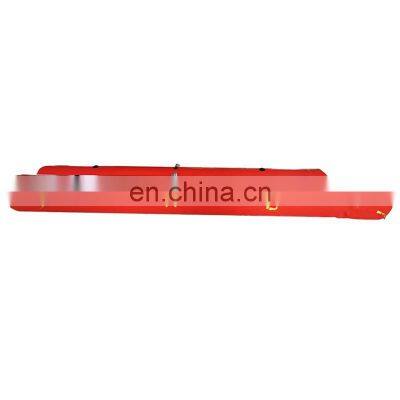

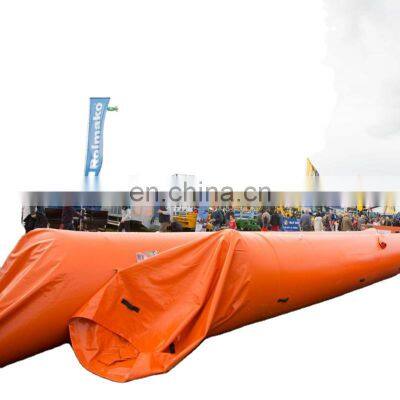

Essential tips for successful procurement
Find Products Efficiently
Verify Supplier Credentials
Key developments and opportunities about Lifesaving
Applications
Industry Trends
Sustainability & Compliance
Buying Guide

Common Sourcing Questions in Lifesaving
What certifications are essential for life jackets when sourcing internationally?
Can life rafts be customized for specific rescue scenarios, and what is the process?
What is the typical MOQ for emergency whistles, and can we order samples?
How is packaging optimized for lifebuoys to ensure safety during international shipping?
Do suppliers offer rescue light samples for evaluation before placing a large order?
What factors should we consider for sourcing durable rescue lines, including certifications?
How is international shipping managed for rescue throw bags to minimize transit risks?

官方微信服务号
关注最新动态
Copyright © GoldSupplier.com. All Rights Reserved